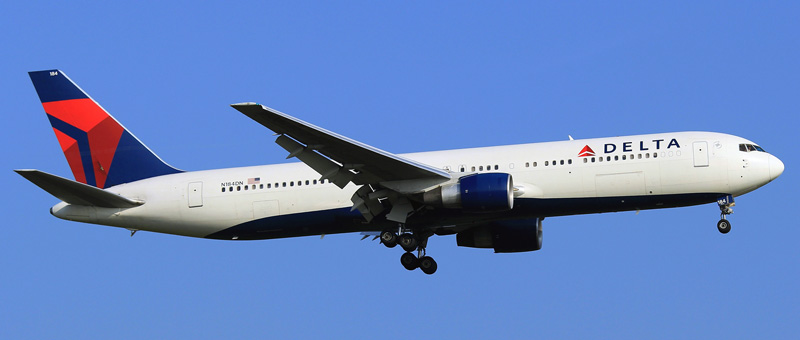Boeing has taken a different road and may have started with its 787 programs. Airplane makers should talk in bottom line numbers. Plane "A" vs plane "B" is a measurement comparison of an airplane program such as the single-aisle class. Or better compared with one another in the efficiency totality for its investment and operational costs per passenger seat. Boeing said "the 787 would be 20% more fuel efficient and 30% more maintenance effective than previous 767's. Does that mean the engines would be 20% more fuel efficient? No, it doesn't and it takes a reader more care to cipher the advertising scheme by asking the right questions before buying.
A 787 is 20% more efficiently traveling because of the sum of its efficiency, meaning aerodynamics weight, and other technologies contribute as much as an engine will contribute. When Boeing carefully states the new 797 engine will be 25% more efficient than the 757's old engine, questions arise as to what it really means with that type of statement.
Does it mean that airplane maintenance plus technology is not part of its calculation or does that include a 25% improvement from over-all attributes applied to the model? So does the engine becomes 25% more efficient? Many a press naysayer pleads it's not possible to make a jet engine 25% more efficient as Boeing claims in the next five years. The naysayer could be correct in this assumption. However, Boeing may be pleading a 25% efficiency improvement using an advanced engine strapped to an advanced and lighter frame.
The efficiency number becomes a plugged-in number for the program and not just the engine. Comparing a 25-year-old 757 engine to 2018 engine efficiency, it becomes easy to see how an engine maker may close the efficiency gap using new technology and new jet engine designs. After all, the 737 NG CM-56 is 15% less efficient than the 737 Max-Leap 1B from the same company and that's tying one arm behind its back. The Boeing 737 Max constrained the engine diameter when it did not allow a taller ground stance and it left Leap 1B to well, just leap to a 68" smaller than its Leap 1A 79" Airbus sibling.
The 797 engine will have the ground clearance to make a 25% engine efficiency gain over the older 757 engines. The RB211-535E4-powered Rolls is older Boeing 757 engine.
You can bet Rolls has just a jet engine answer today in its workshop. You can also bet that the makers of Leap 1B are offering a 25% answer with a larger diameter engine than the RB211-535E4 Rolls.
You could also say adding a lighter frame and better wings with computer-driven avionics will make the 797 25% more efficient than the 757 built during 1982. It's just how words carve up your thinking that becomes the 25% improvement.
Delta's 757

Delta's 767

NMA 797 Delta Concept

No comments:
Post a Comment